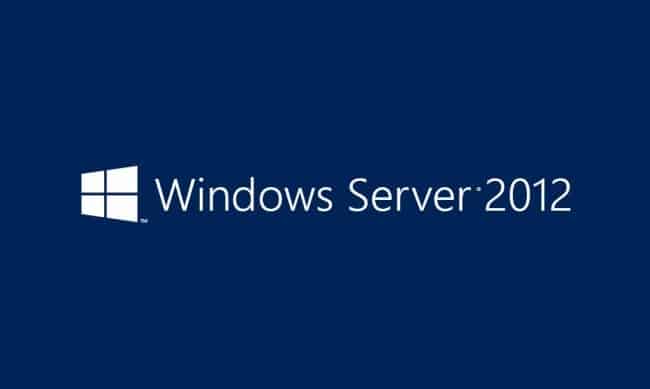
As of October 2023, Microsoft will end support for Windows Server 2012 R2. Once the end-of-life date hits, Microsoft will no longer provide security updates, patching updates and technical support to the system, leaving your infrastructure and applications unprotected and highly vulnerable. The longer you operate in the system, the more your organization is exposed to security risks and potential downtime that Microsoft will have no obligation to fix. Running in an outdated system can also limit your organization’s capabilities because of decreasing compatibility with other products. By operating in a modernized environment, you can leverage new features that will help improve processes and lead to growth. It’s essential to prepare now and evaluate your options so you can continue to function efficiently. Below discusses the next steps you can take to ensure your organization is properly prepared and protected:
Options for Moving Away from Windows Server 2012:
1. Upgrade your System
If your organization is still using Windows Server 2012, one of the options is to upgrade to a newer, supported version of the system. You can perform a complete refresh and upgrade to your system, along with updating any necessary software and applications that need to go with it. By upgrading to a newer version of Windows Sever, you will continue to receive ongoing support from Microsoft.
2. Move to Azure Cloud
Another option is to migrate your applications and workloads to Microsoft Azure Cloud, where you will be able to operate your systems securely and remove any existing on-premise server equipment. By migrating to the cloud, you can save costs in the long run and improve efficiency throughout your entire organization with a modernized IT environment. While the cloud still requires regular updates, they are easier to perform and less intrusive with little downtime. Microsoft is offering three (3) years of free Extended Security Updates for Server 2012 R2 if you migrate to Azure, which will allow you to run the Operating system until 2026. You can gain flexibility and elasticity in the cloud with a solution that is designed to grow and expand with your organization.
How CompuData can Help:
Deciding whether to move to Azure cloud or upgrade your on-premise servers will depend on your organization’s specific needs. CompuData can help create a cohesive plan that is best suited for your business. We can architect a solution that not only solves the issue of one server, but multiple servers in your IT environment, helping you plan and prepare for the future and eliminate the stress of deadlines. Our experts can help guide you throughout the upgrade/migration process and provide valuable resources and support to your organization.
If you would like to learn more about how CompuData can help your organization ensure a successful migration, email us!


